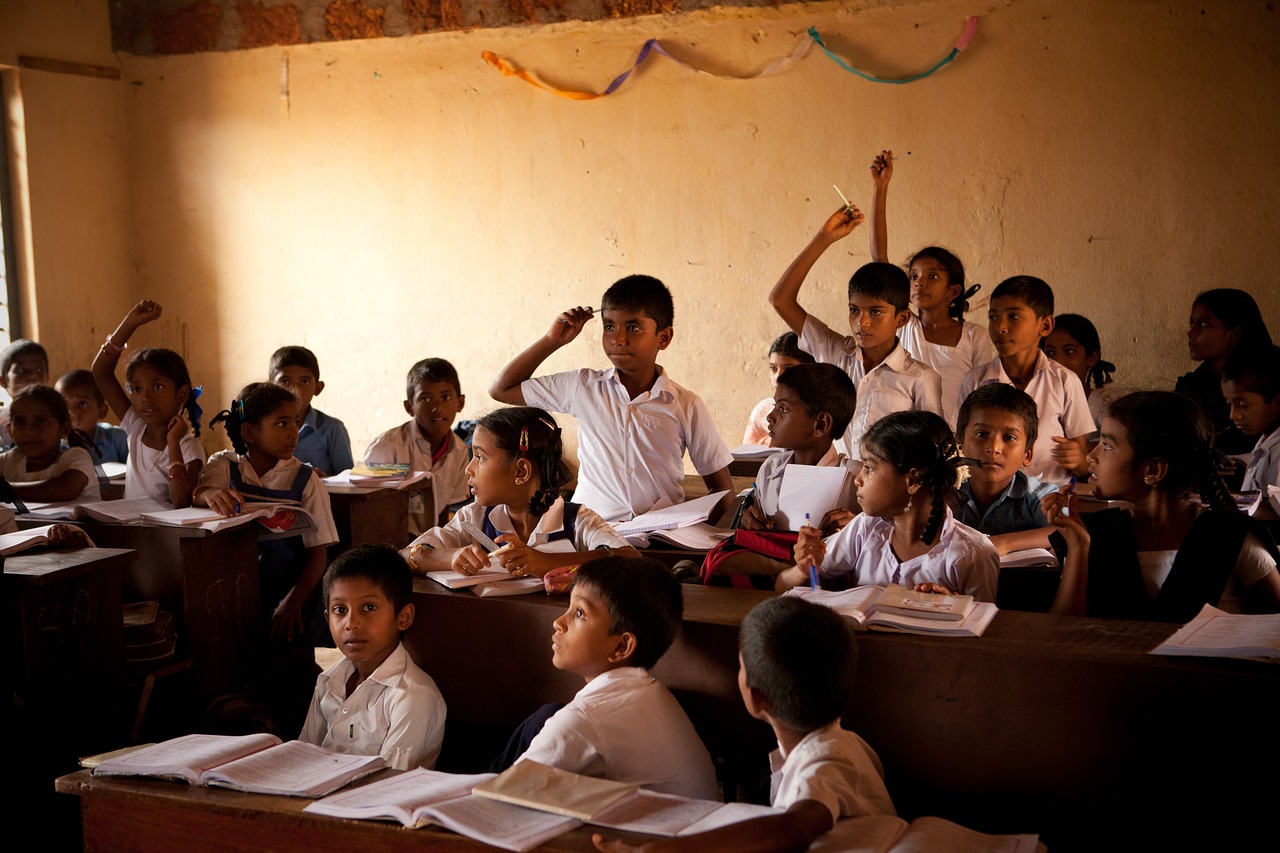7 Mistakes to Avoid When Dealing With Struggling Students

Struggling students need special attention. They either struggle with learning or learn slower than others. Hence, they require patience, empathy, and a deep understanding of the student’s unique needs.
Unfortunately, in our quest to support struggling students, we may unknowingly make mistakes that hinder their progress and well-being. The consequences of mishandling struggling students are dire. It could lead to diminished self-esteem, lack of motivation, and increased risk of disengagement or dropout.
This article will explore seven mistakes to avoid when dealing with struggling students.
Ready? Let’s dive in!
Lack of Empathy When Dealing With Struggling Students
One mistake to avoid is the sheer lack of empathy. Recognize that each student has unique experiences, strengths, and challenges. Without empathy, we risk dismissing their struggles and failing to create a supportive environment for their growth.
When we lack empathy, we inadvertently belittle a student’s difficulties or dismiss their concerns. It can lead to feelings of isolation, frustration, and a further decline in their academic performance. It is crucial to remember that struggling students are already grappling with their challenges and need our support to overcome them.
Labelling and Stereotyping
The tendency is often to label and stereotype students based on their difficulties. Labelling can have a lasting impact on a student’s self-esteem, motivation, and overall well-being. A student’s struggles do not define their entire identity or potential for growth.
Labelling and stereotyping can manifest in various ways. When we label a student as “lazy,” “troublemaker,” or “slow learner,” we unintentionally create negative expectations that can hinder their progress. These labels can limit their belief in themselves and perpetuate a cycle of underachievement.
Stereotyping struggling students based on their difficulties can overshadow their unique strengths and abilities. It also makes us ignore their areas of strength. Focusing solely on their challenges, we fail to nurture their talents and potential, perpetuating a sense of inadequacy.
Ignoring or Neglecting Communication
Communication is important for effectively supporting struggling students. Yet, it is a common mistake to ignore or neglect communicating with these students. We need to establish and maintain open lines of communication with them. When we don’t, we miss valuable opportunities to understand their needs and address their concerns.
When there is poor communication, their unmet needs go unnoticed. We also fail to provide the guidance they desperately need. In turn, they feel isolated and frustrated. Creating a safe space for open dialogue can help alleviate their emotional burdens and provide the necessary support.
Lack of Personalized Instruction
Each student has unique strengths, weaknesses, and learning styles. A one-size-fits-all approach does not cater to their specific needs. Failing to provide personalized instruction can hinder their progress.
Students have different learning styles, such as visual, auditory, or kinesthetic. Ignoring these preferences can make it challenging for struggling students to grasp and retain information. By adapting your teaching methods to accommodate their learning styles, you can enhance their understanding and retention of key concepts. Acquiring the essential skills for teachers in 2023 will make you more equipped to provide individualized instruction.
Overlooking Mental Health Issues
Mental health issues are prevalent among students. Overlooking these issues has severe consequences. Struggling students often face additional emotional and psychological challenges that can impact their ability to learn and thrive in the classroom.
Common mental health issues students experience are anxiety, depression, and stress. Academic pressure, social dynamics, and personal circumstances can contribute to these challenges. According to recent studies, nearly one in three students grapples with significant mental health concerns during school.
Understanding that struggling students may be dealing with internal battles can help us approach their difficulties with compassion and appropriate interventions. These students may exhibit signs of withdrawal, decreased motivation, frequent absences, or changes in behaviour.
Recognizing these warning signs is crucial. Then, educators can help connect them to appropriate resources, such as school counsellors, therapists, or mental health professionals. Early intervention and support are vital to addressing these mental health concerns effectively.
Punitive Approaches and Shaming
Avoid punitive approaches and shaming struggling students. Punishment and shame can have lasting adverse effects on a student. Instead of using these ineffective methods, strive to create a supportive, growth-oriented environment that encourages learning and personal development.
Failure to Collaborate with Parents and Guardians
In helping struggling students, collaboration between teachers and parents/guardians is paramount. Parents possess valuable insights into their child’s behaviour, learning style, and home environment. Partnering with parents will help educators better understand the student’s needs and develop a more comprehensive support plan.
Final Words
Supporting struggling students is a critical responsibility that requires sensitivity, empathy, and a personalized approach. By avoiding these eight horrible mistakes, you can make a significant difference in the lives of these students and help them thrive academically and emotionally.
It can be difficult to spot struggling students who need special attention. However, a school management system makes it easier. It can help you with the data you need to help your students perform better.
